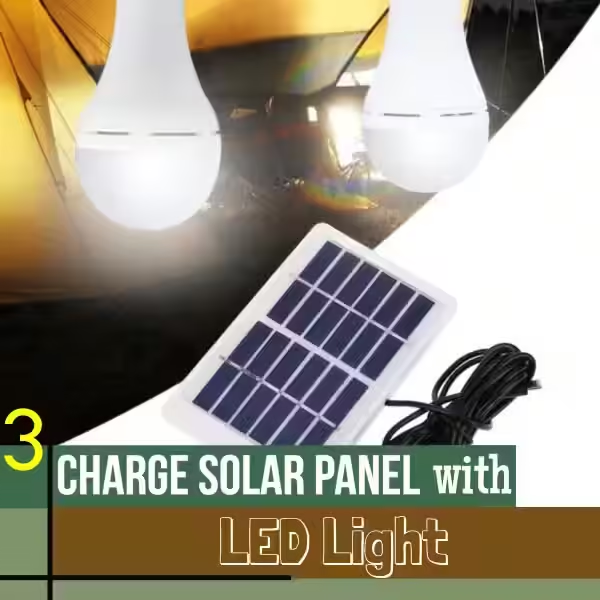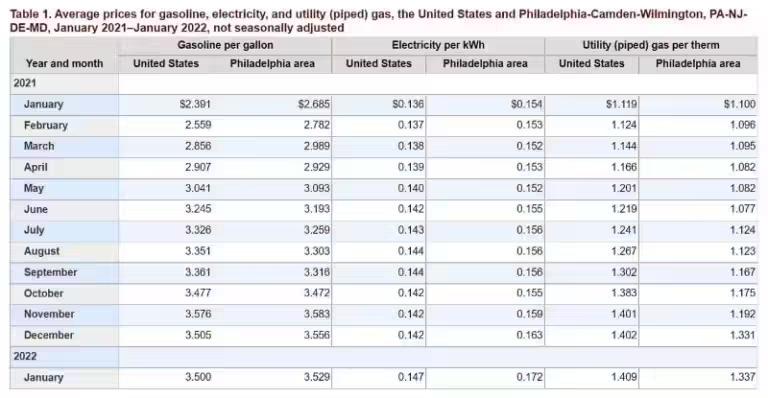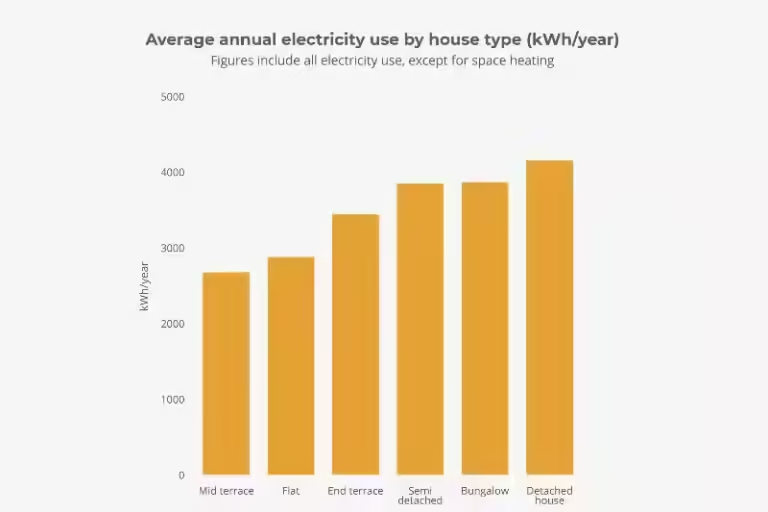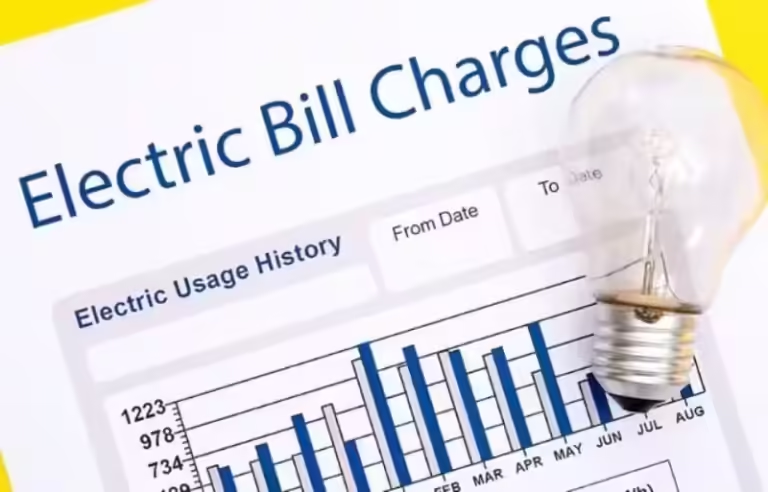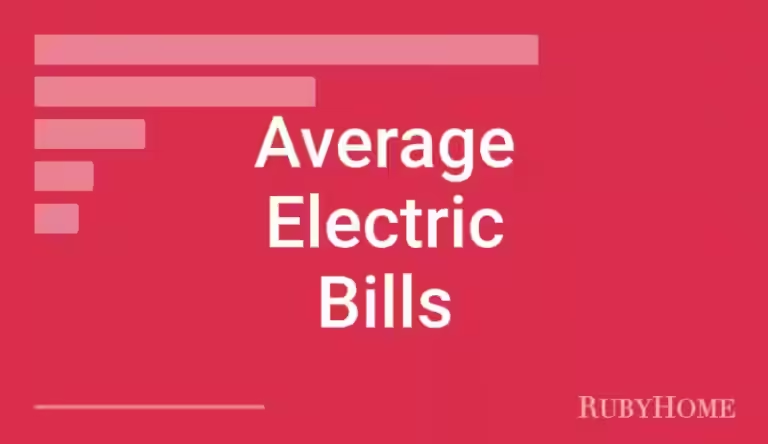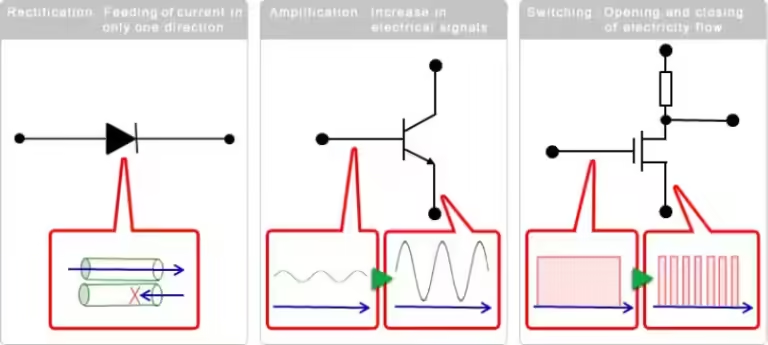LED vs. Incandescent Light Bulbs: Choosing the Right Glow
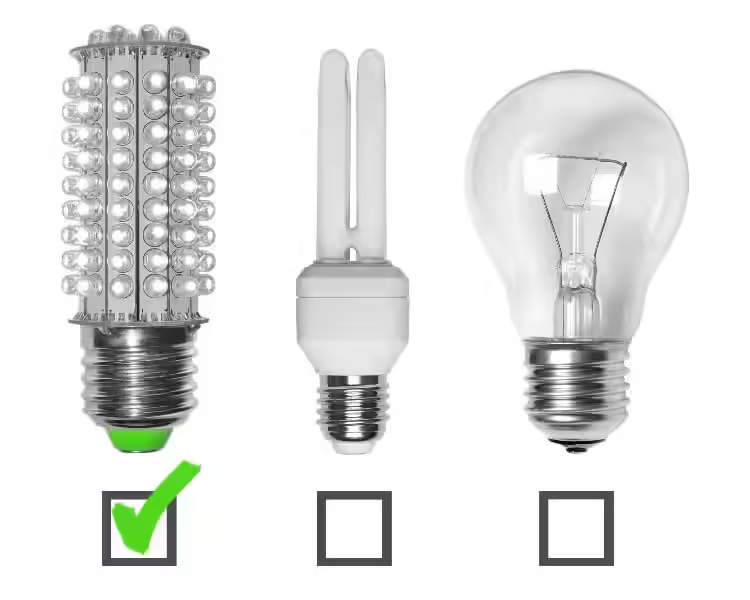
Navigating the world of light bulbs can be overwhelming, with seemingly endless options and technical jargon. Two prominent contenders, LED and incandescent bulbs, have sparked a debate about which reigns supreme. This article delves into the key differences between these two types of bulbs, providing insights to help you make an informed choice for your lighting needs.
Understanding Incandescent Bulbs: The Old Faithful
For over a century, incandescent bulbs have been the go-to choice for illumination. Their simple design, consisting of a thin wire filament enclosed in a glass bulb filled with inert gas, has remained largely unchanged. When electricity flows through the filament, it heats up, emitting light. This familiar glow has become synonymous with warmth and comfort.
Pros of Incandescent Bulbs:
- Affordable Upfront Cost: Incandescent bulbs are generally the cheapest option at the time of purchase.
- Easy Dimmer Compatibility: Most incandescent bulbs work seamlessly with traditional dimmers, allowing for adjustable brightness levels.
- Warm, Inviting Light: The light emitted from incandescent bulbs tends to have a warm, yellowish hue, often associated with a cozy atmosphere.
- Versatile Applications: Incandescent bulbs are suitable for various applications, from desk lamps to decorative lighting.
Cons of Incandescent Bulbs:
- Short Lifespan: Incandescent bulbs burn out quickly, with an average lifespan of around 1,000 hours. This translates to frequent replacements and increased costs in the long run.
- Energy Inefficiency: Incandescent bulbs convert only about 5% of the energy they consume into light, with the remaining 95% wasted as heat. This inefficiency significantly increases electricity bills.
- Heat Generation: Incandescent bulbs generate a significant amount of heat, which can be uncomfortable in enclosed spaces, especially during warmer months. This also increases the risk of burns if the bulb is touched.
- Environmental Impact: The short lifespan and energy inefficiency of incandescent bulbs contribute to increased energy consumption and greenhouse gas emissions, making them less environmentally friendly.
LED Bulbs: The Future of Lighting
LED technology has revolutionized the lighting industry, offering a more efficient and sustainable alternative to incandescent bulbs. These bulbs utilize light-emitting diodes (LEDs), which are semiconductor devices that emit light when an electric current passes through them.
Pros of LED Bulbs:
- Long Lifespan: LEDs boast an impressive lifespan, typically lasting 25,000 to 50,000 hours. This translates to years of use without needing replacements, significantly reducing long-term costs.
- Energy Efficiency: LEDs are significantly more energy-efficient than incandescent bulbs, converting up to 80% of energy into light, resulting in lower electricity bills.
- Instant Illumination: LEDs turn on instantly without flickering, providing immediate light without any delay.
- Durable Construction: LED bulbs are more durable than incandescent bulbs, resisting vibrations, shocks, and extreme temperatures. They are also less prone to breakage due to their robust construction.
- Wide Range of Colors: LEDs are available in a variety of color temperatures, from warm white to cool white, allowing you to choose the right ambiance for your space.
Cons of LED Bulbs:
- Higher Upfront Cost: LEDs are generally more expensive than incandescent bulbs at the time of purchase.
- Dimmer Compatibility Issues: Some LED bulbs may not be compatible with traditional dimmers, requiring special dimmers designed for LED technology.
- Directional Lighting: LEDs emit light in a focused direction, which can be beneficial for task lighting but may require diffusers or frosted bulbs for broader illumination.
- Heat Sensitivity: LEDs can be sensitive to extreme heat, which can shorten their lifespan. It's important to install them in well-ventilated areas.
- Blue Light Emission: LEDs emit a higher proportion of blue light compared to incandescent bulbs. This blue light can be disruptive to sleep patterns, especially when used in the evenings.
Choosing the Right Light Source: A Practical Guide
When deciding between LED and incandescent bulbs, consider your specific needs and priorities. For general lighting in frequently used areas, LED bulbs are the clear winner due to their energy efficiency, long lifespan, and durability. They offer significant cost savings in the long run, making them a smart investment.
Incandescent bulbs are still a viable option for smaller, less frequently used areas where cost-effectiveness is a priority. They are also a good choice for applications where warm light is preferred, such as bedrooms or living rooms.
Conclusion: Embracing the Future of Lighting
The lighting landscape is constantly evolving, with LED technology leading the charge towards a more efficient and sustainable future. While incandescent bulbs remain a familiar choice, their shortcomings in terms of energy efficiency and lifespan are becoming increasingly evident. By embracing LED bulbs, you can contribute to a greener planet while enjoying the benefits of bright, long-lasting, and cost-effective illumination.
Frequently Asked Questions: LED vs. Incandescent
What are the key differences between LED and incandescent light bulbs?
LED light bulbs are more energy efficient, have a longer lifespan, and produce less heat than incandescent bulbs. Incandescent bulbs are cheaper upfront, but they use more energy and need to be replaced more often.
What are the pros and cons of LED light bulbs?
Pros:
- Longer lifespan
- Energy efficient
- Less heat generation
- Available in various shapes and sizes
Cons:
- Higher initial cost
- Not always compatible with traditional dimmers
- Can be sensitive to extreme heat
What are the pros and cons of incandescent light bulbs?
Pros:
- Lower initial cost
- Easily dimmed
- Emits a warm, inviting light
- Generates heat
Cons:
- Not energy efficient
- Short lifespan
- High operating cost
- Fragile
- Can make spaces uncomfortable in warmer months
Which type of light bulb is better for me?
For long-term, energy-efficient, and durable lighting, LED bulbs are the preferable choice. Incandescent bulbs are suitable for smaller, less frequently used areas where cost-effectiveness is a priority.


